Sitting down to describe Larry Hama’s career it a pretty overwhelming task. Do you talk about his start in comics at the age of 16, his service in Vietnam, his work as a penciller in comics, or his tremendous writing output, spanning decades? Add to that the fact that this all creates a composite portrait of a renaissance man from artist, to soldier, to writer. Throw in acting and music and you might be getting closer to the big picture. One of his most familiar writing projects has been G.I. JOE from Marvel Comics for over a decade, returning in IDW’s imprint of G.I. JOE: A REAL AMERICAN HERO in 2010. Not surprisingly, it’s writing that Hama wants to talk about these days, particularly, and his massive three part self-published vampire novel THE STRANGER is an excellent place to start. Hama released the three parts of the e-book close together in the autumn of 2012, and produced therein a spectacle-laden fusion of action and horror elements steeped in detailed historical research.
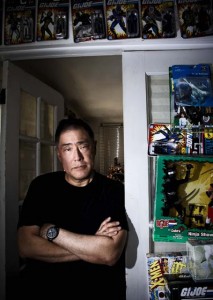
Hannah Means-Shannon: Was the idea for THE STRANGER something that’s been with you a long while? How did you first come up with the concept?
Larry Hama: I wrote it pretty much the same way I write everything else—page by page. I don’t know how anything ends until I get to the ending. The first novel I attempted to write was a “Chinatown noir” more than ten years ago that was sent back to my agents from publishers who said that editorial liked it, but sales had said “nobody was going to buy a novel in this genre with an Asian male protagonist.” My agent told me that he thought a chapter in that novel which took place in the basement of the serial killer antagonist was grotesquely frightening, and mightn’t I try my hand at the horror genre, but with a male protagonist who was white? I started THE STRANGER based on my memory of a kid I went to high school with who had been abandoned by his parents and finished his senior year living in the boarded up carousel in Central Park. Everything sprang from that.
HM-S: Why do you think Vampires are such a compelling subject in pop culture? What makes you interested in writing about them?
LH: I think it’s the mixture of the horrific and erotic mixed with the fantasy of eternal life. It gets to the core of what we fear and what we want, and the genre allows us to examine forbidden topics in a roundabout way. I really loved the Bram Stoker Dracula and Stephen King’s Salem’s Lot, but I thought I might go about approaching the subject in a different way.
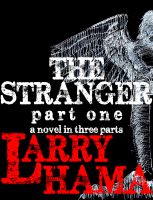
LH: I wrote the first Eamon Diaz chapter first in first person. It then occurred to me that I wanted to see the POV of the other characters the same way. It took a bit of casting about to choose which two of the other characters I would give voice to, and then I had to establish those voices in my head. After I had completed about six chapters, my agent suggested I change the order and put the vampire hunter first. I agreed with him. The prologue was written at that point. Around this time, I also stumbled on the idea of creating retellings of Jewish folk tales as retold by a former Borscht-Belt comic as a way of filling in the background and details of demonic containment. That led to creating the other “interludes” and excerpts for journals that fill in gaps that would have had to be recounted by the three main protagonists. I also thought that the overlapping POVs would be a good way to illuminate the differences in the characters by showing how each saw the same scene.
HM-S: How does your experience writing in prose compare to your experience writing for comics? What are the major differences in your process when you’re working on something like THE STRANGER?
LH: Most of what I had written for comics involved imagining the scenes as visual sequences, and then describing those sequences in words. The dialogue came dead last. I had to have a basic idea of what was going on in the heads of the characters to devise the actions, but I didn’t start with dialogue. In THE STRANGER, the internal voices are much more important, and I had to adjust my way of thinking of the story structure.

LH: I was born and raised in New York City, and I am very familiar with all the locations. Also, most of the characters are based on people I know or knew in the city. “The “Music Building” is very real and still there. My band rented rehearsal space in that building for over ten years. The diner is gone now, but was still a going concern when I wrote the first draft.
HM-S: What kinds of research did you find yourself having to do for the book? What was the most unexpected or strange topic you had to investigate to write the book?
LH: I avoided reading vampire fiction, and prowled used bookstores in university towns, buying up obscure volumes about vampire lore, Jewish folk-tales, the Third Crusade, Teutoborg Forest, and the Spanish Civil War. I went to the restored Carousel in Central Park and took three rolls of 35 mm so I would get the details right. I rode the subway routes taken by the characters. I interviewed a collector who owned over a dozen Russian sniper rifles, and I picked the brains of all my Irish, Puerto Rican and Jewish friends endlessly.
HM-S: What has your experience been like working with E-publishing? Are there benefits to the format in your opinion? Did you work as your own editor for THE STRANGER?
LH: My agent suggested e-publishing. Ten years ago when my agent first sent the ms around, he was told that “nobody was ever going to be interested in teen vampires.” When he sent it around again a few years ago, he was told “they’ve come and gone.” E-publishing is therefore my court of last resort. I edited the book myself, with a lot of input from my agent, my proofreader, and a number of friends who had been reading successive drafts.
HM-S: What are Jeff Burns’ deepest motivations? Can you tell us a little about what makes this vampire hunter tick?
LH: That would be a major spoiler. He doesn’t know what makes him tick, and when he finds out, he is resolved. He is “the stranger” himself.
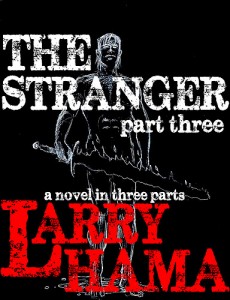
LH: It is less an expression of my own views on good and evil in the world than it is an examination of the views on that topic of the three protagonists. Each have their own rationalizations and have modified their world-views to fit those rationalizations. The ways in which the characters deduce these things and how they act on them is what interests me, and not in using the characters and situations as a means of expressing my own views.
HM-S: Are you a fan of the horror genre? What books, movies, or other media have influenced you the most in horror, or more generally?
LH: I was a big horror fan in my teens, and my first job was working for Castle of Frankenstein Magazine when I was still in high school. I read a lot of horror right up through the early ‘80s, but my reading of that genre tapered off as I developed interest in Napoleonic sea novels, and in detective fiction.
HM-S: Are there any upcoming projects that you’d like to fill us in about? Are there more novels on the way?
LH: Nothing that I am free to talk about. I have written a brief description of what the sequel to THE STRANGER would be about, but nothing concrete.
HM-S: Learning first-hand about the way that Hama’s own life has been fused with the creation of this novel is enlightening enough, but his admirable eye toward research is clearly at least partly to blame for the lucid, expertly picked out detail in the prose. It’s a work that holds its own secrets, so don’t worry that these reflections from Hama will dispel any of the mystery behind THE STRANGER. And thanks very much, Larry, for helping set the stage for the reading experience by talking with us here at The Beat.
[Portraits of Larry Hama appearing here were taken by Seth Kushner as part of his project with Christopher Irving, Graphic NYC, which resulted in their book of comics creators profiled, LEAPING TALL BUILDINGS]
Hannah Means-Shannon writes and blogs about comics for TRIP CITY and Sequart.org and is currently working on books about Neil Gaiman and Alan Moore for Sequart. She is @hannahmenzies on Twitter and hannahmenziesblog on WordPress.


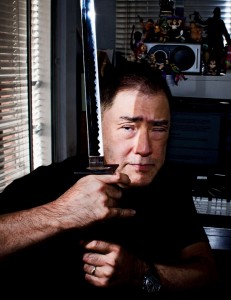
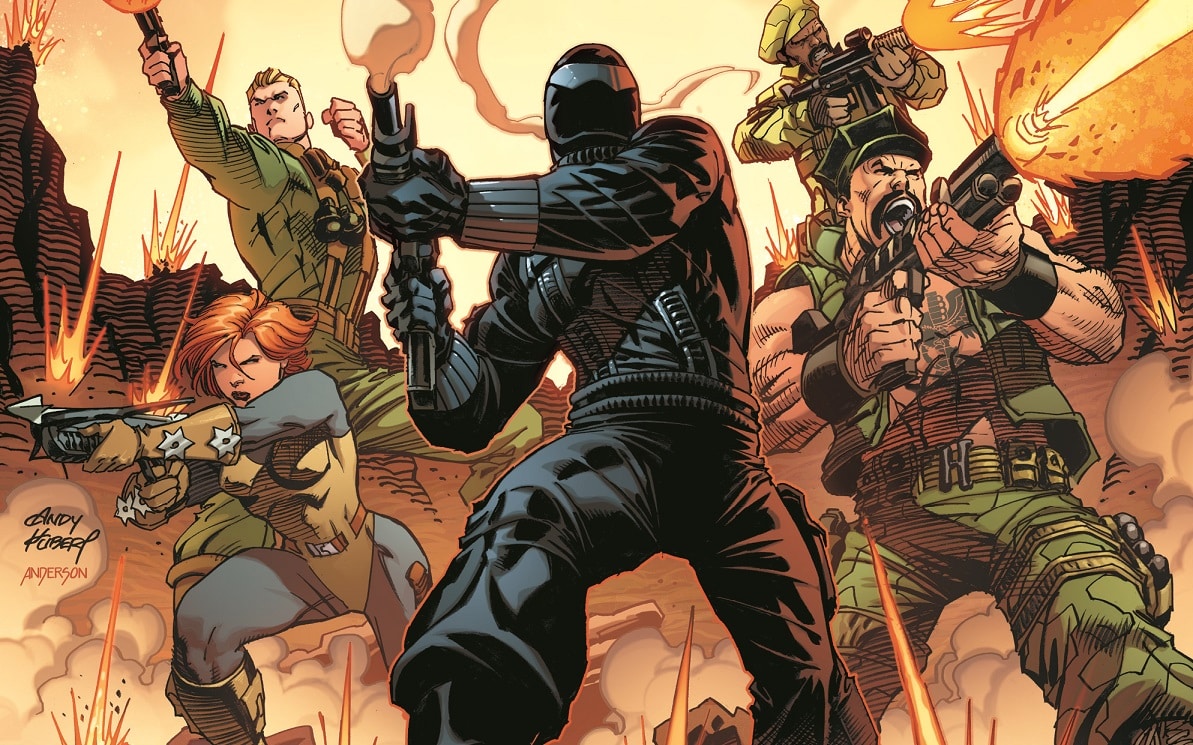
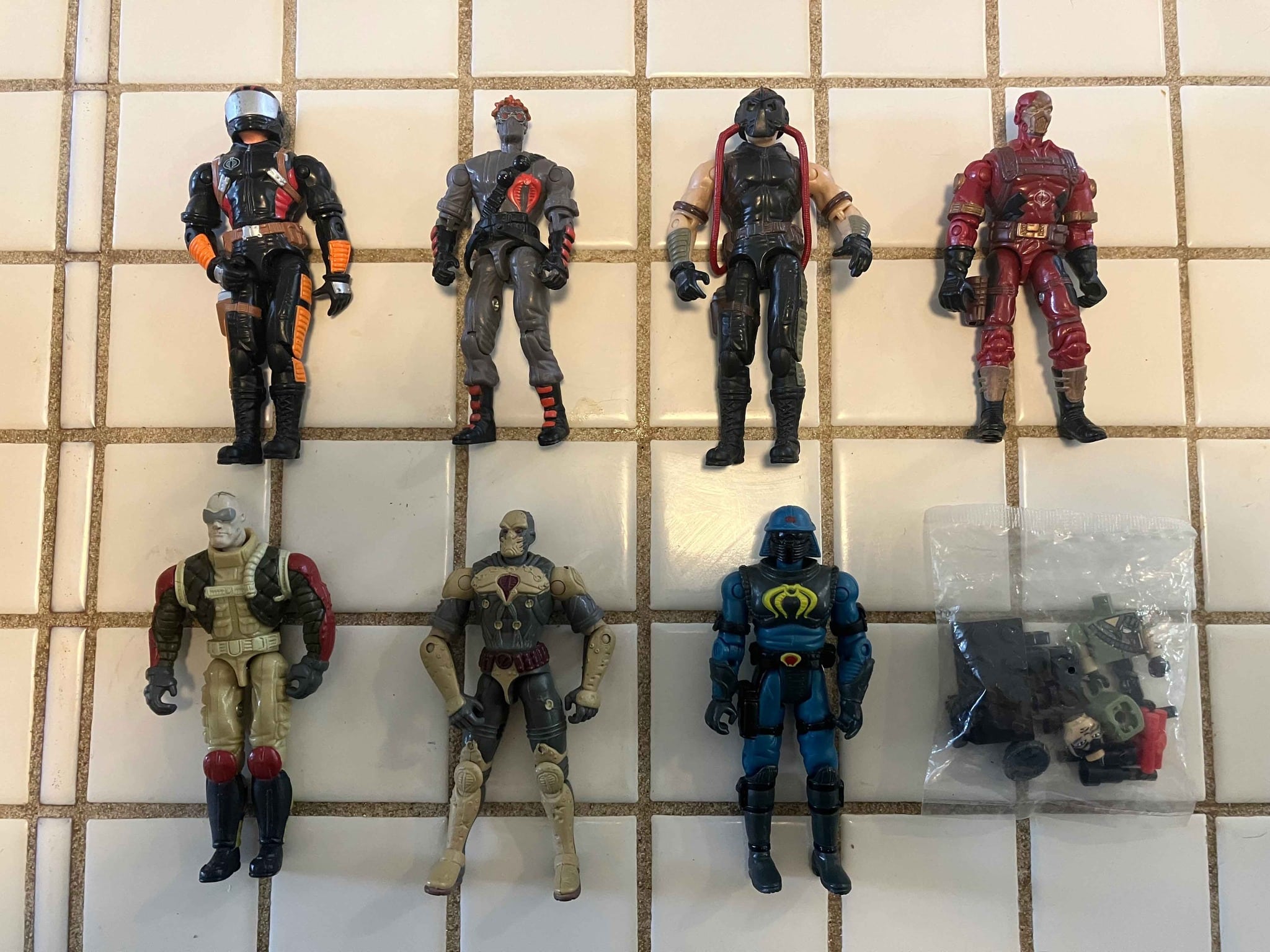
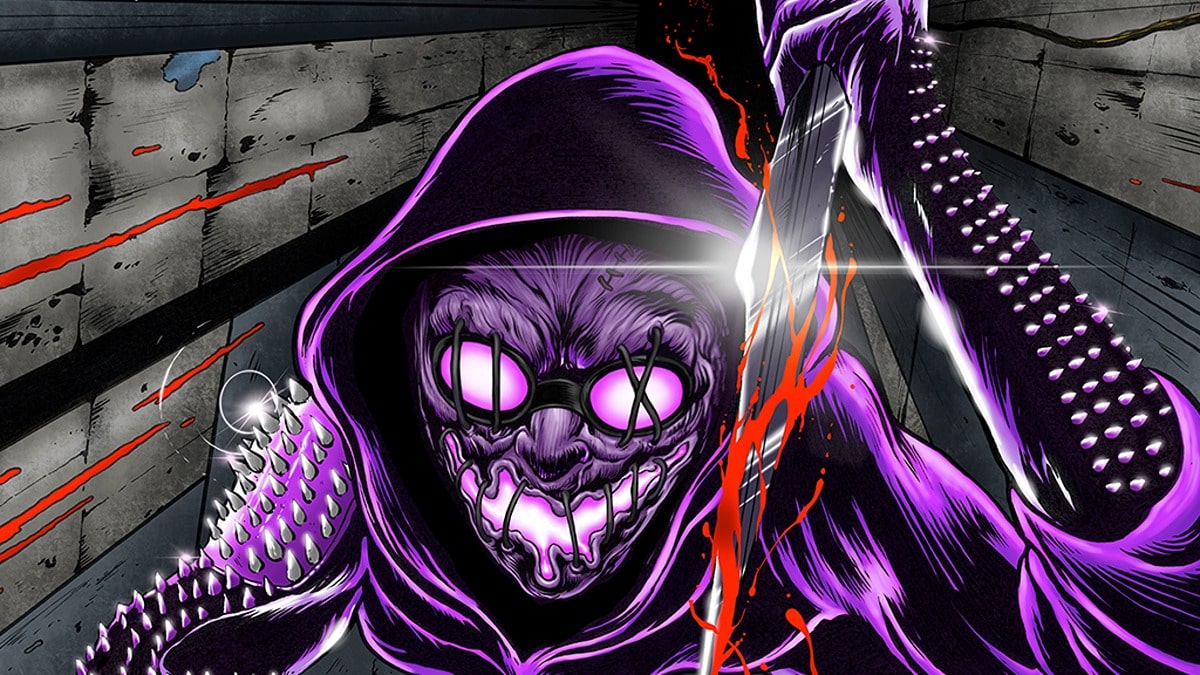


“…but with a male protagonist that was white?” Man, that part of the interview just kicked me in the gut.
How does one make economic forces less racist and sexist? (I’m not pointing fingers at anyone with the question. Mr. Hama’s agent was clearly serving his client in pointing out the perceived realities of the situation.)
Regardless of all of that, I believe I will grabbing this.
Who’s making these racist decision at the publishing houses? So only a white male protagonist will sell a book? That’s not just absurd, it’s boring. Why would I want to just read about white guys exclusively? Can’t wait to read Larry’s book!
“nobody was going to buy a novel in this genre with an Asian male protagonist.”
Hey, that’s not racist. They’re just like romantic comedies that way. And action films (including those of the American-made kung-fu variety). And dramas. And non-romantic comedies. And superhero movies. And dramatizations of actual events when nearly all the people involved were of Asian descent (web search for “21 movie casting controversy”). But it’s not racist, right? I mean, we live in a POST-RACIAL world now that Barack Obama has been elected President, twice, right?
But I am gonna get my digital hands on Larry Hama’s book.
Comments are closed.